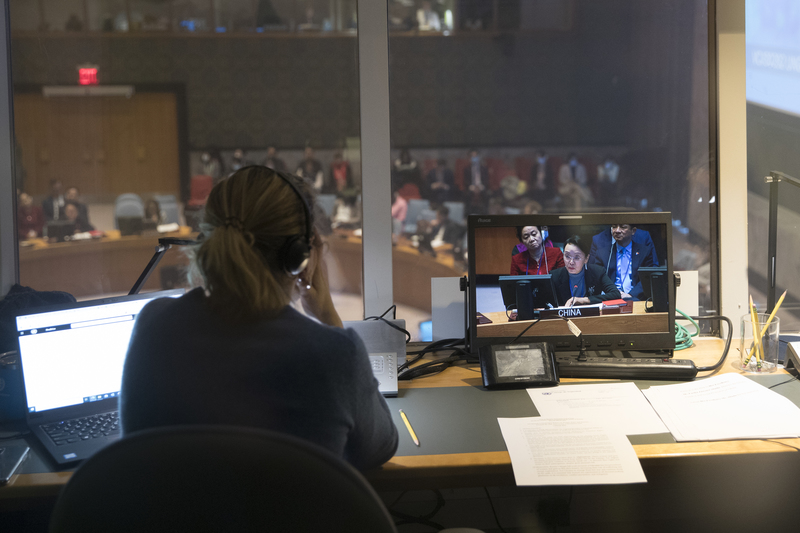In the opening scene of Everything Everywhere All at Once, Evelyn Wang hesitates before telling her daughter Joy, “I… I just think you should…”. The ellipses here hang in the air like half-formed sighs, carrying more weight than any explicit confession of maternal fear. Now imagine those ellipses replaced by periods: “I. I just think you should.” Suddenly, Evelyn sounds abrupt, even harsh—stripping away the vulnerability that makes the moment raw. This tiny punctuation shift isn’t just a typo; it’s a betrayal of character. In subtitle translation, where space is scarce and time is tight, commas and ellipses are not mere grammatical niceties. They are the unsung conductors of tone, the silent carriers of emotion, and the invisible bridges between what is said and what is felt.
Consider the humble comma, a punctuation mark so common it’s easy to overlook. Yet in subtitles, its absence or overuse can rewrite a character’s personality. Take a line from Pride & Prejudice: Mr. Darcy, struggling to admit his feelings, says, “You must allow me to tell you how ardently… I admire and love you.” In the original dialogue, the comma after “ardently” pauses his words, revealing the effort it takes to push past his pride. A subtitle translator who omits that comma—rendering it as “You must allow me to tell you how ardently I admire and love you”—flattens the moment. Darcy sounds confident, even arrogant, erasing the vulnerability that makes his confession moving. Commas here act as emotional signposts, guiding the viewer to hear not just the words, but the hesitation beneath them.
Commas also regulate rhythm, a critical function in subtitles where on-screen text must align with spoken pace. In Parasite, when Ki-woo rushes to explain his forged diploma to his mother, his dialogue spills out in a rush: “It’s not a lie, exactly… it’s a… a stretch.” The comma after “lie” mirrors the breath he takes mid-sentence, signaling urgency without desperation. A translator who removes that comma (“It’s not a lie exactly… it’s a… a stretch”) creates a staccato rhythm that makes Ki-woo sound defensive, not frantic. Viewers, processing both visuals and text, would intuit a different kind of anxiety—one less rooted in guilt, more in panic.
If commas shape the pace of emotion, ellipses capture its residue—the thoughts left unspoken, the feelings too big for words. In Call Me By Your Name, Elio whispers to Oliver, “I think… I think I’d rather not talk about it.” The ellipses here aren’t just pauses; they’re the physical manifestation of a heart struggling to contain longing. Translating this line without ellipses—“I think I’d rather not talk about it”—turns a fragile admission into a straightforward statement, draining it of the ache that makes the scene unforgettable. Ellipses act as emotional echo chambers: they let silence linger, inviting viewers to fill the gaps with their own understanding of love, regret, or fear.
This power of ellipses becomes even more vital in cross-cultural translation, where nuances of tone can get lost in linguistic gaps. A Japanese character trailing off with “…kamoshirenai” (maybe… perhaps…) carries layers of politeness and uncertainty that English struggles to replicate. Using ellipses in the subtitle—“…maybe”—preserves that tentativeness. Replace it with a period, and the character sounds decisive, contradicting their cultural context. In this way, ellipses aren’t just punctuation; they’re cultural translators, bridging gaps between languages and norms.
The consequences of mishandling these marks are more than grammatical—they distort narrative truth. A comma splice in a tense argument (“You never listen, you only talk”) can make a character sound irrational, when the original line, with a properly placed semicolon, conveys calculated anger. An overused ellipsis in a casual conversation (“Hey… how’s it going…”) turns a friendly check-in into something awkward, as if the speaker is hiding something. These errors don’t just confuse viewers; they rewrite relationships, making enemies of allies or strangers of friends.
In an industry where subtitles must condense paragraphs into seconds, every character counts—and commas and ellipses work overtime. They are the quiet architects of immersion, ensuring that even in translation, a character’s voice remains authentic. The next time you watch a foreign film, pause for a moment to notice them: the comma that softens a rebuke, the ellipsis that lingers like a sigh. They are small, but their impact is anything but—for in those tiny marks, we hear not just words, but the beating of a character’s heart.











